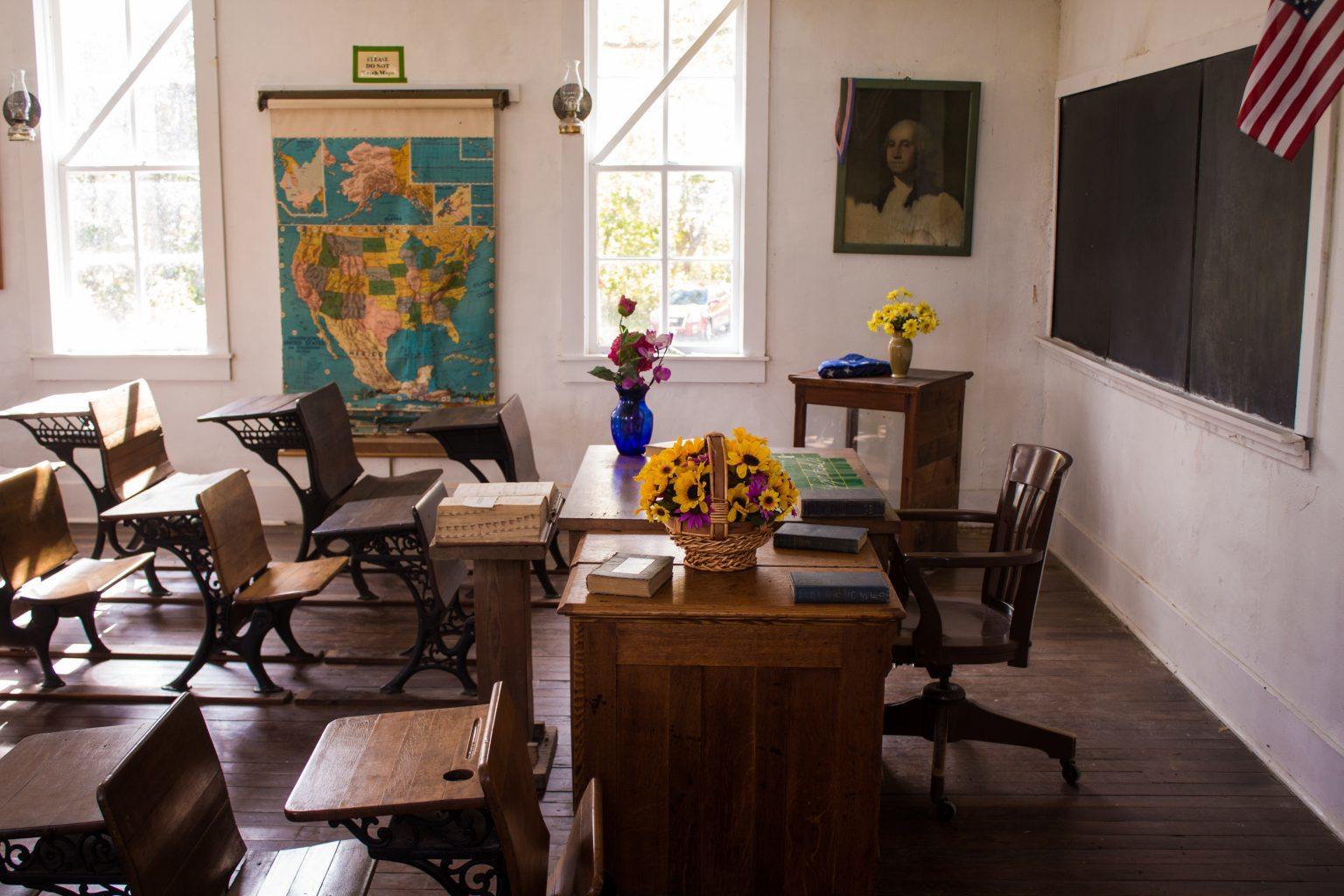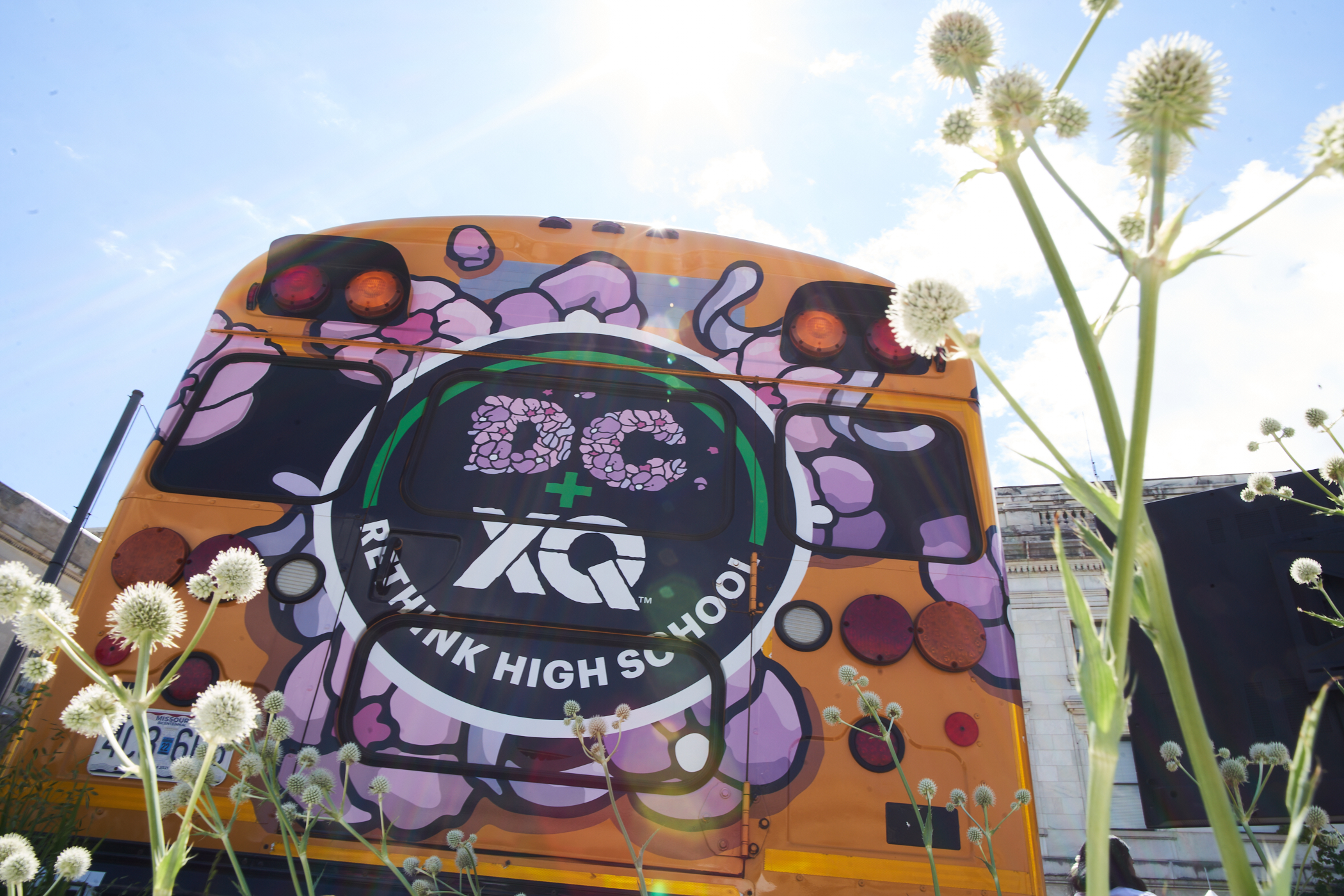How to Stay Connected in our Classrooms during School Closures
In a remote learning world, staying connected with students sounds like an impossible task. Here's one educator's tips on how to continue to build relationships from a distance.

This is part of a 4 part series from writer and Boston-based licensed clinician, Casey Pettit, and Project Wayfinder about how educators can take care of their and their students’ social and emotional needs in the midst of school closures.
Belonging and connection are foundational human needs. They are also two of the most challenging experiences to cultivate during school closures. However, social distancing does not have to mean isolation. In fact, it shouldn’t. It is more important now than ever before, to support students from a whole-person perspective and prioritize their social and emotional needs.
Much of the way school is designed today focuses on developing students’ cognitive abilities—reading, writing, and memorizing. Working with students from a whole-person approach means intentionally supporting students’ social and emotional development in addition to developing their cognitive ability.
Here are a few thoughts about how to center students’ wholeness as educators:
CO-CREATE SUPPORTIVE STRUCTURE WITH YOUR STUDENTS
Build a structure that is predictable and consistent. When we are in crisis, the world feels unpredictable and chaotic. We can bring comfort by creating environments that are predictable and consistent for ourselves, our colleagues, and our students. Try things like co-creating daily check-ins and check-outs in your classroom. This allows a predictable space for students to connect.
Keep context in mind. Remember that every student has a different home environment. Many students may feel a level of vulnerability when inviting their classmates home—even if that experience is virtual. Other students may be adapting their coping strategies to an online setting. For example, students who experience shyness may feel especially exposed on video in front of their class.
Give students voice and choice. Allow them to share how they want to use their school community to support their processing. When we co-create spaces with students, they feel a sense of control, engagement, and buy-in that provides a sense of safety. Try facilitating conversations with questions like, “What is one thing you need or want in order to feel supported by your classmates at this time? What is one thing you can offer to support others in this time?” and “How do you think we can use our time together to connect with each other?”
CREATE SPACE FOR STUDENTS TO SHARE THEIR EXPERIENCE, BUT DON’T REQUIRE IT
It is important that we create spaces for students to share their experiences and authentically connect with each other and their adult support networks. We miss out on very important human connections when we aim to keep things moving and push through challenges without intentionally creating space to process. However, as educators, we can also create a feeling of emotional unsafety when we require students to share openly in times of crisis. It may seem like a catch 22 and we will not always get it exactly right. A few tricks of the trade to try:
Normalize and validate students’ experiences. As with any crisis, students will have a wide variety of internal and external responses, all of which are normal. It’s important that students know that their unique responses are appropriate, even if they differ from their peers.
Show curiosity and ask questions that help students get to the root. Be careful to not assume what students’ experiences are. Instead, ask questions to understand: “How has this experience impacted you?”
Share what you know and be clear about what you don’t. When everything feels uncertain, the more clear and fact-based we can be about the information we know is helpful. It is also helpful to be clear about what we don’t know. Much of what is happening in our world right now is uncertain, and we can use the shared feelings of uncertainty to build relationships, trust, and connection.
DRIVE CONNECTION BY RESPONDING TO STUDENTS EMOTIONAL NEEDS
Create boundaries around self-disclosure as a tool for connection. Educators lose the opportunity to create meaningful, impactful connections when we shield our students from our emotional experiences that make us human. We also lose connection when we share explicit details or unprocessed emotions and put students in a caretaking role with us. The key to effective self-disclosure is keeping students at the center—ask yourself, “How does sharing my experience support my student to feel heard, seen, understood, or not alone?”
Remind students of the emotional and physical resources around them. Make sure students know who they can go to for support and provide lists of resources students and their families can access in their communities. Share these resources broadly, as we are not always aware of which and/or how students may be struggling.
Help students practice responding to other’s experiences with empathy and compassion. Remember that adults are not the only, or even primary, support to young people. Their peer groups can often be the most powerful source of support and educators can play a role in fostering positive environments where students respond to each other with empathy and compassion. We can do this by modeling the behaviors we want to see in our students and by being explicit about the power positive connection can have in a community.
PRIORITIZE YOUR OWN SELF-CARE
Take care of ourselves. It’s easy in times like these to take care of everyone around us. In doing this, we can deplete the resources that allow us to play this important role as caretakers. Remember to take time for yourself, find ways to positively connect with your support networks, to recognize the unique ways you are processing the changes to our environment, and specifically focus on your individual needs and how you can resourcefully get them met.
Perhaps most importantly, know that your consistent presence and intentional interactions with your students matter. You make a difference. We are all in this together.
Are you an educator thriving during remote learning? Do you have ideas about how to best support your students during this time? Send an email to [email protected].
Check out the Rethink Together Forum to connect with high school students, educators, and families about what’s possible. Here are some of the hot topics people are talking about on the forum:
- Find Graduation Info for Your State
- How Are Students Feeling?
- Explore Your Identity with Ashanti Branch
VOICES FROM SCHOOL CLOSURES:
- Celebrate Your Everyday Heroes on Teacher Appreciation Day
- These “Tutor Teens” Launched A Business to Help Younger Students and Families Learn Remotely
- Hope Thrives from This High School’s Community Garden









